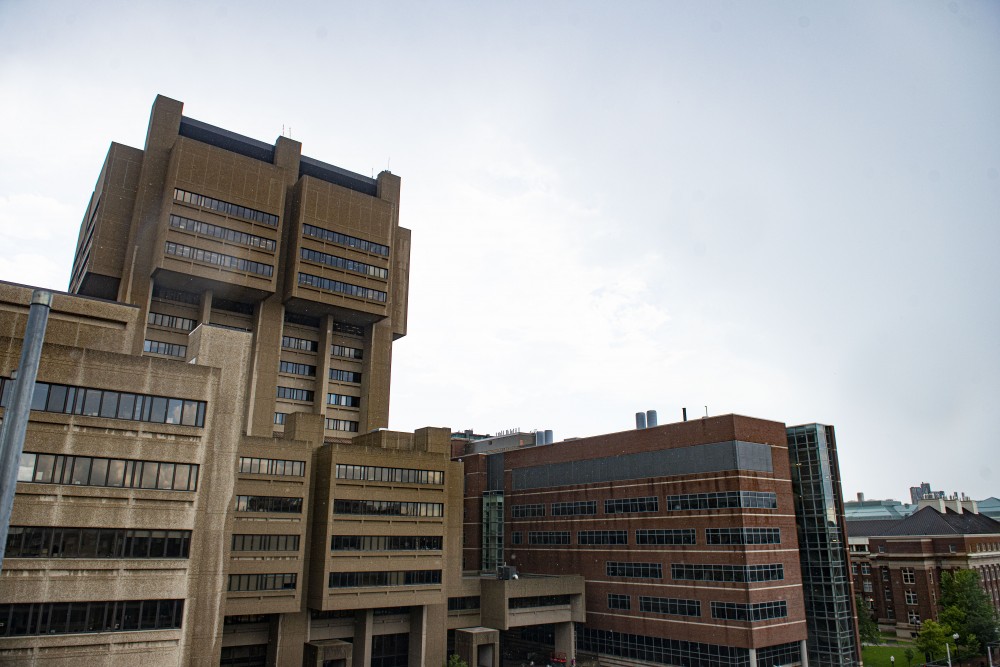Minnesota will become markedly more diverse by 2050, State Demographer Tom Gillaspy said Thursday at Coffman Union. MinnesotaâÄôs changing demographics will be accompanied by increasing disparities if problems arenâÄôt addressed, he said to the stateâÄôs public health professionals as part of the School of Public HealthâÄôs Roundtable Series. While increased migration will help grow the economy, state economic growth is still expected to slow with increased aging and slower workforce growth, he said. The slowdown will coincide with a sharp rise in health care costs and a lack of health care professionals. âÄúOur ability to attract people from all over the world is going to greatly affect our own economic growth rate,âÄù he said. By 2045, minorities will outnumber white, non-Hispanic people in the United States, according to a Census Bureau projection. Gillaspy noted that increasing MinnesotaâÄôs high school graduation rates across ethnicity groups is the key to economic growth in the state. But current numbers show an unacceptable gap in the graduation rates of students, he said. Of white Minnesota students enrolled in the 10th grade in 2002 and 2003, 89 percent would make it to graduation in 2005 and 2006, he said. Among minority students, graduation rates are much lower: 60 percent of Hispanic, 62 percent of black and 57 percent of American Indian students finished high school. Asian students, on the other hand, graduated 85 percent of the time. âÄúWe are in an increasingly competitive world, and yet we may be sliding backwards in education,âÄù he said. Katherine Fennelly, a professor at the Hubert H. Humphrey Institute of Public Affairs , said the University should work on increasing studentsâÄô understanding of other cultures, and she also stressed the need for more language translators. The University is working on initiatives to increase higher education opportunities for students from different racial and ethnic backgrounds, Rickey Hall, assistant vice president at the Office of Equity and Diversity, said. Of the total undergraduates enrolled in fall 2008, 17.7 percent identify as African American, American Indian, Asian/Pacific Islander or Chicano/Latino, according to University documents. In Minnesota in 2006, 14.5 percent of the population identified themselves as black, American Indian and Alaska Native, Asian, Hispanic or Latino, or reported two or more races, according to the U.S. Census Bureau. To address the financial difficulties many historically underrepresented students face in paying for college, she said the University is also trying to drum up more scholarship dollars for lower-income students. As an example, she mentioned the UniversityâÄôs Founders Free Tuition Program, which guarantees full tuition funding for students who qualify. In the year-long Commanding English program, freshmen for whom English is not their first language learn English while taking other standard freshman-year courses.
















